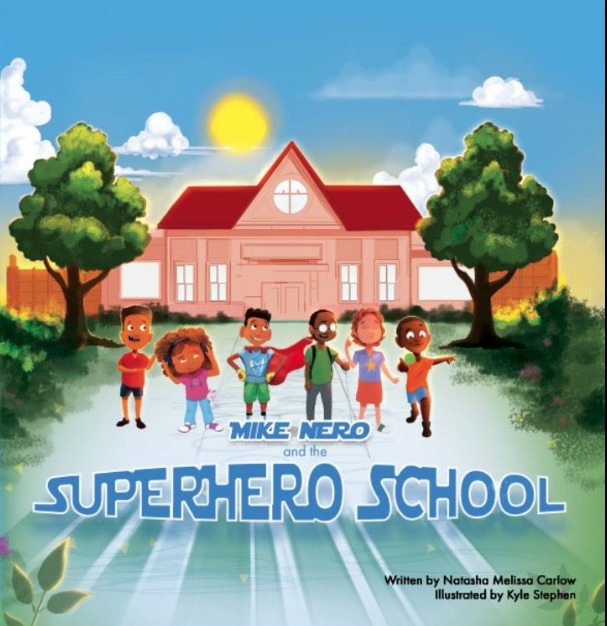7 Ways Picture Books Aid in Reading Comprehension
.png)
Nurturing Young Minds: How Picture Books Enhance Reading Comprehension in Kids
Reading is a fundamental skill that opens doors to a world of knowledge, imagination, and self-discovery. For children, developing strong reading comprehension skills is a crucial step in their academic journey. Picture books, often cherished as a staple of childhood, play a vital role in this process. In this blog post, we'll explore how picture books serve as invaluable tools in helping kids improve their reading comprehension.
1. Visual Aids Foster Understanding:
One of the most significant advantages of picture books is their ability to complement text with visual elements. The combination of words and images provides young readers with additional context and clues to understand the story. Children can use the illustrations to make connections, predict outcomes, and infer meaning, all of which are essential aspects of reading comprehension. Ralphy’s Rules
2. Vocabulary Enrichment:
Picture books expose children to a wide range of vocabulary, often accompanied by visual representations. As kids encounter new words in the text and see corresponding images, they build connections between language and meaning. This active engagement with language helps expand their vocabulary and enhances their understanding of words in various contexts. Emmas Sunflower
3. Story Structure and Sequence:
Picture books are designed with a clear structure that includes a beginning, middle, and end. This structure helps children grasp the concept of sequencing events, cause-and-effect relationships, and the overall flow of a narrative. By following the story visually, kids develop their ability to organize information and recognize story patterns, improving their comprehension skills.
4. Promoting Critical Thinking:
When children engage with picture books, they are encouraged to ask questions, make predictions, and analyze the story's elements. These cognitive processes stimulate critical thinking and active engagement with the text. As they connect the dots between the text and the images, they are actively processing information and making sense of the story, which is a cornerstone of reading comprehension. Famous Seaweed Soup
5. Empathy and Emotional Intelligence:
Many picture books address complex emotions and social situations, allowing children to explore different perspectives and develop empathy. Understanding the characters' emotions and motivations helps kids connect emotionally with the story. This emotional connection enhances their comprehension by encouraging them to consider the characters' actions and motivations more deeply. The Kindness Machine
6. Encouraging Discussion:
Picture books often spark discussions between children and adults. These conversations provide opportunities for kids to express their thoughts, ask questions, and seek clarification. Such interactions promote comprehension by reinforcing comprehension strategies like summarizing, predicting, and analyzing. Mike Nero and the Superhero School
7. Enhancing Memory and Recall:
The combination of text and visuals in picture books aids memory and recall. Children are more likely to remember details of a story when they can visualize the characters, settings, and events. This strengthens their ability to recall information, an essential aspect of reading comprehension.
Picture books are much more than colorful pages and engaging stories; they are valuable tools for developing reading comprehension skills in children. Through visual aids, enriched vocabulary, story structure, critical thinking, empathy, discussion, and memory enhancement, picture books provide young readers with a solid foundation for understanding and enjoying literature.
Parents, educators, and caregivers can harness the power of picture books to nurture young minds and foster a lifelong love for reading. So, when you pick up that next picture book to read with your child, remember that you are not only sharing a delightful story but also helping them build essential reading comprehension skills that will benefit them throughout their educational journey and beyond.

.png)

